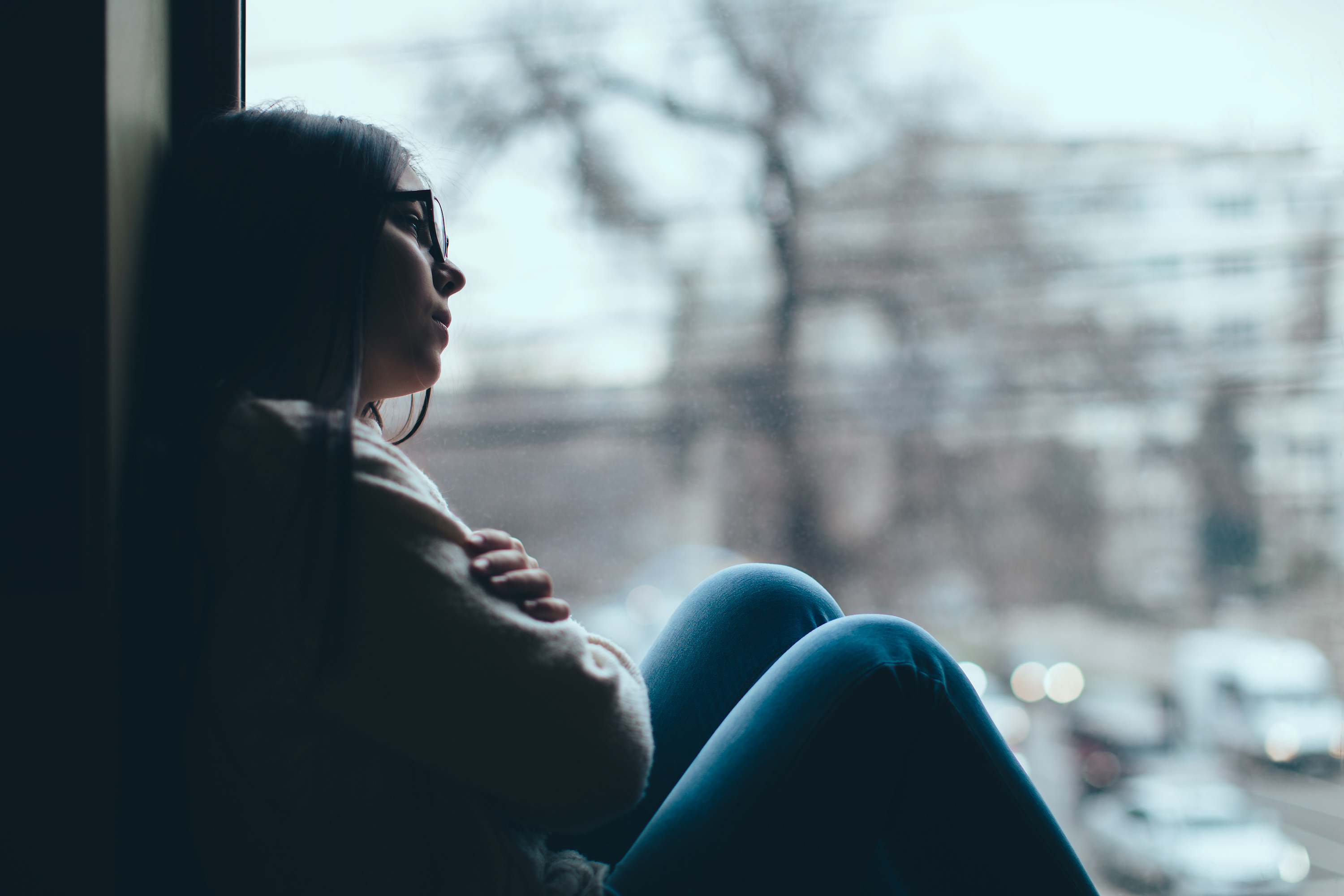The research appointed by the Weather Channel and YouGov in the U.K. shows that one in three people in the U.K. suffers from Seasonal Affective Disorder during the winter months.
Similarly, it is estimated that seasonal affective disorder affects 10 million Americans every year. Additional 10 to 20 percent of population in the U.S. describes mild SAD symptoms. Seasonal affective disorder affects women four times more than men. SAD symptoms usually appear between 20 and 30 years of age, although sometimes may start at the earlier age.
SAD stands for Seasonal affective disorder (SAD) which is a type of depression. It’s triggered by seasonal changes with lows often associated with shorter daylight hours and darker seasons.
SAD typically begins and ends at the same time every year. Most symptoms usually begin in fall and continue throughout the winter months. Less commonly, SAD symptoms occur in early spring and summer.
According to the study, among 29 percent of people who experience SAD symptoms, women make 40 percent. In addition, 57 percent of people described their mood as worse during the winter season than in summer.
SAD symptoms range from low energy levels, to low self-respect, sadness and anxiety. Eight percent of research participants suffered from severe symptoms of seasonal affective disorder, while remaining 21 percent described mild form of SAD.
These research findings suggest that seasonal affective disorder affects much more people that was initially believed.
Signs and Symptoms of Seasonal Affective Disorder
SAD symptoms occur during the same time of the year and for most of the people, it is late fall or early winter months. The symptoms normally go away during warm and sunny spring and summer days.
Seasonal affective disorder is not considered as a separate disorder. SAD is a type of depression showing a recurring seasonal pattern. To be diagnosed with seasonal affective disorder, people must meet a criteria for major depressive disorder concurring with specific season for at least 2 years.
Main symptoms of seasonal affective disorder include:
- Having low energy
- Feeling depressed for most of the time, nearly every day
- Having sleeping problems
- Losing interest in activities person previously enjoyed
- Having issues with weight and appetite
- Feeling agitated most of the time
- Feeling hopeless and worthless
- Having hard time concentrating
Specific, fall and winter related seasonal affective disorder symptoms may include:
- Having low energy
- Sleep problems in form of oversleeping
- Appetite changes and weight gain
- Social withdrawing
On the other hand, less common spring-summer SAD may include following symptoms:
- Agitation, restlessness or anxiety
- Poor appetite and weight loss
- Trouble sleeping in form of insomnia
Bipolar Disorder and SAD
Seasonal changes in fall and winter can generate depression symptoms in people suffering from bipolar affective disorder. At the same time, spring and summer time can bring on symptoms of hypomania or mania.
Seasonal Affective Disorder Causes
The specific reason that triggers SAD is still unknown. However, there are some risk factors that may cause symptoms of seasonal depression to develop:
Circadian rhythm
Our biological clock may get disrupted by decrease in sunlight during fall and winter, which causes winter SAD.
Having depression or bipolar disorder
People suffering from these mental disorders usually experience symptoms worsen with the change of seasons.
Gender
Seasonal affective disorder is diagnosed four times more in women than in men.
Family history
People with family history of depression are more likely to develop symptoms than people who don’t.
Distance from the Equator
Studies showed that SAD is more frequent in people who live far north or south from the Equator. The major occurrence of fall and winter SAD is found in people living in the north of U.S., Canada, and Scandinavian countries in Europe.
Age
According to research, SAD occurs more frequently in younger adults than in older ones.
Serotonin levels
Different studies found that people with seasonal affective disorder may have issues regulating serotonin, one of the main neurotransmitters responsible for our mood.
Melatonin levels
Likewise, people with SAD may overproduce melatonin, due to darkness and short days during the winter months. Melatonin regulates sleep. Thus, increased levels of this hormone leave people more lethargic and sleepier during the winter season.
When to Seek Support
It is completely normal to have days when you feel sad, lethargic or pessimistic. However, if you feel depressed for days or weeks and you cannot motivate yourself to do regular activities you normally enjoy, you may need to see your doctor.
It is important to take signs of SAD seriously and seek support because not treated, these symptoms may worsen and cause other problems. These can include:
- Strained relationships
- Social withdrawal
- Problems at school or work
- Eating disorders
- Anxiety
- Substance abuse
- Suicidal thoughts or behaviour
Seasonal Affective Disorder Treatment
Major options of seasonal affective disorder treatment include light therapy, medication therapy, vitamin D intake and psychotherapy. These types of treatment may be used alone or in combination, depending on severity and type of symptoms.
SAD Light therapy
Light therapy has been main treatment method for SAD since 1980s. This therapy method is grounded on the idea of replacing the reduced sunshine during the fall and winter season with daily exposure to light boxes or lamps that produce bright, artificial light. Studies showed that sitting in front of a light box every day in the morning during fall and winter may relieve SAD symptoms.
SAD Medication Therapy
Antidepressant medications like Selective Serotonin Reuptake Inhibitors (SSRIs) or bupropion are used for treating seasonal affective disorder. As with any other medications, these antidepressants have certain side effects. Therefore it is important to talk to your health provider about the possible risks of using the prescribed medication.
SAD and Vitamin D
The reason to use vitamin D in treatment of seasonal depression was the low blood levels of this vitamin found in people with SAD due to low sun exposure. However, vitamin D supplementation by itself doesn’t show effects in treatment of seasonal affective disorder.
Psychotherapy
Cognitive behavioural therapy (CBT) proved to be effective in treatment of seasonal affective disorder. CBT-SAD was adapted from traditional cognitive behavioural therapy. It uses basic techniques of CBT such as identifying negative thoughts and replacing them with positive thoughts. This type of psychotherapy also uses behavioural activation that has a goal to help the person recognise pleasurable activities to improve handling the winter months.
If you feel down for days or weeks and struggle with engaging in regular activities you normally enjoy, consider reaching out for assistance of our mental health specialists. Our counsellors may help you strengthen your coping skills and support you in managing your SAD symptoms.
If you feel that you are affected by a mental health condition and you need to talk to a professional about it, visit the National Counselling Society website and find the right counsellor for you.



